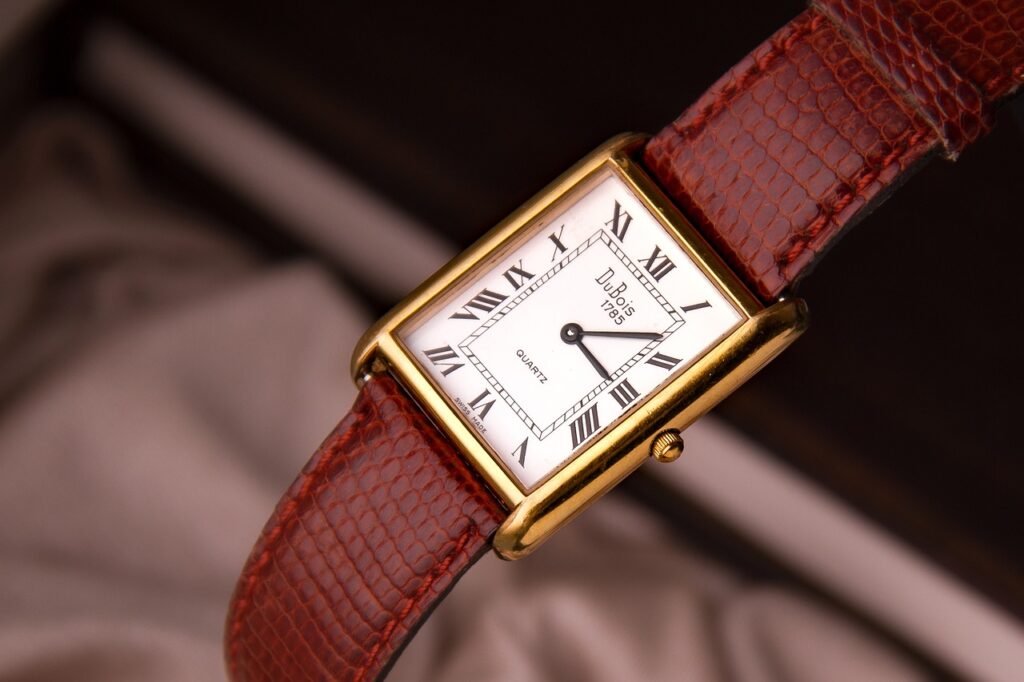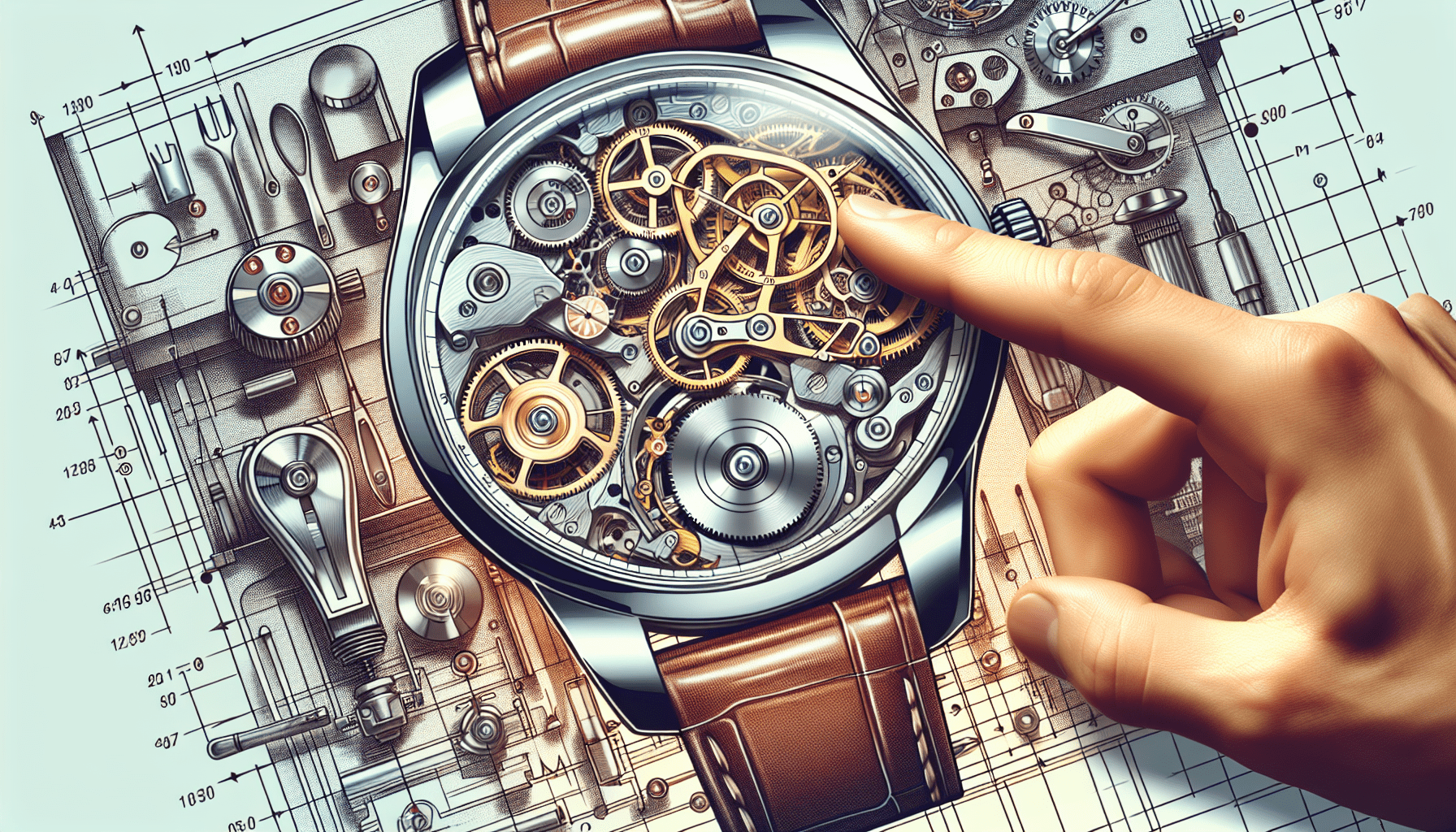Have you ever wondered what makes a men’s wrist watch tick? In the realm of timekeeping, there is an intricate scientific dance happening beneath the surface, inside the mesmerizing movements of these elegant timepieces. Whether it’s a mechanical, automatic, or quartz watch, the precision and craftsmanship behind these tiny mechanisms are a testament to the ingenuity of horologists. From the oscillating balance wheel to the escapement mechanism, each component plays a vital role in ensuring accurate timekeeping. So, join us as we delve into the captivating world of the science behind men’s wrist watch movements.
Overview of Watch Movements
When it comes to men’s wristwatches, one important aspect that often goes unnoticed is the movement within the watch. The movement refers to the mechanism that powers the watch and determines its functionality. There are three main types of watch movements: mechanical, quartz, and automatic. Each type has its own unique characteristics and features, which we will explore in detail in this comprehensive article.
Mechanical Movements
Mechanical movements are the oldest and most traditional type of watch movement. They are known for their intricate craftsmanship and precision. A mechanical movement consists of many small components, including gears, springs, and levers, all working together to power the watch.
Components of Mechanical Movements
The components of a mechanical movement are meticulously manufactured with precision. Gears are responsible for transferring the energy from the mainspring to the hands of the watch, while the balance wheel and hairspring work together to regulate the timekeeping. Other essential components include the escapement mechanism, winding mechanism, and the crown for setting the time.
How Mechanical Movements Work
Mechanical movements rely on the potential energy stored in a mainspring, which is wound manually or automatically. As the mainspring unwinds, it releases energy, which is transferred through the gears and other components to move the hands of the watch. The balance wheel oscillates at a constant frequency and is regulated by the hairspring, providing the watch with its accuracy.
Features and Benefits of Mechanical Movements
Mechanical movements are cherished for their craftsmanship and attention to detail. They are often regarded as works of art, with intricately decorated movements visible through transparent case backs. The smooth, sweeping motion of the second hand is a trademark feature of mechanical movements. Additionally, mechanical movements do not require batteries or external power sources, making them reliable and long-lasting.
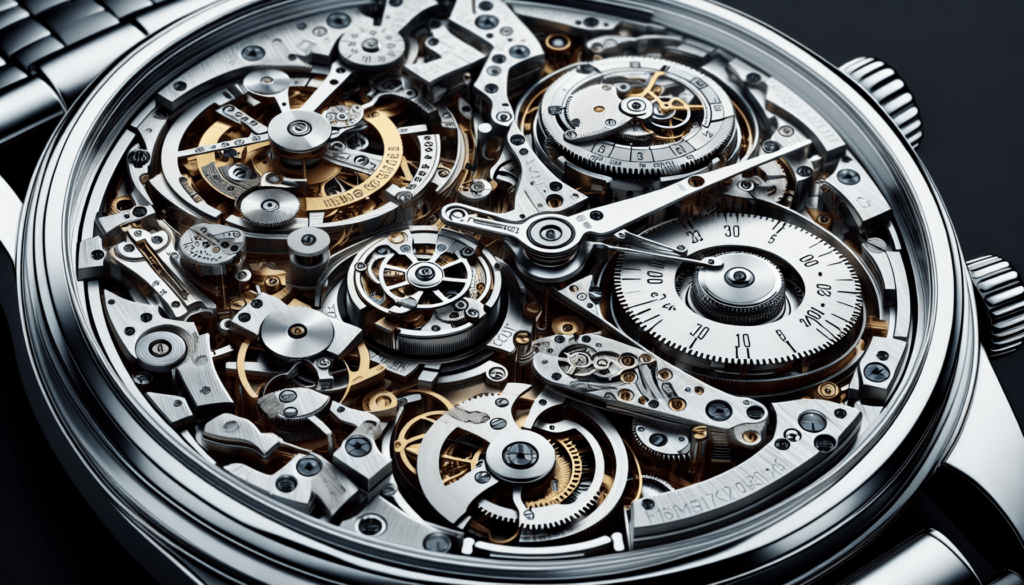
Quartz Movements
Quartz movements revolutionized the watch industry in the 1970s with their accuracy and affordability. Unlike mechanical movements, quartz movements utilize a battery to power the watch.
Components of Quartz Movements
The key component of a quartz movement is a small crystal made of quartz, known as the oscillator. This crystal vibrates at an extremely high frequency when an electrical current is passed through it. The vibrations are converted into electrical pulses, which are then used to regulate the timekeeping of the watch.
How Quartz Movements Work
When a battery is inserted into a watch with a quartz movement, it sends an electrical current to the quartz crystal, causing it to vibrate. These vibrations are then converted into a steady stream of electrical pulses that regulate the movement of the hands. The use of quartz crystals allows for highly accurate timekeeping, with some quartz watches being accurate to within a few seconds per month.
Features and Benefits of Quartz Movements
One of the main advantages of quartz movements is their accuracy. Because quartz crystals vibrate at a constant frequency, they provide precise timekeeping that rarely needs adjustment. Quartz watches are also known for their affordability, making them an excellent option for those on a budget. Additionally, quartz movements require less maintenance compared to mechanical movements, as they do not need manual winding.
Automatic Movements
Automatic movements, also known as self-winding movements, combine the craftsmanship of mechanical movements with the convenience of automatic winding. These movements are powered by the natural movement of the wearer’s wrist.
Components of Automatic Movements
Automatic movements have similar components to mechanical movements, with the addition of an oscillating weight or rotor. This rotor is connected to the mainspring and rotates with the movement of the wrist. As the wrist moves, the rotor winds the mainspring, storing potential energy to power the watch.
How Automatic Movements Work
When the wearer’s wrist moves, the rotor within the watch rotates, winding the mainspring. This stored energy is then released and transferred through the gears and other components to power the watch. Automatic movements also have a manual winding mechanism for times when the watch has not been worn for a while and needs to be manually wound.
Features and Benefits of Automatic Movements
Automatic movements offer the convenience of not having to manually wind the watch, as the natural movement of the wrist keeps the watch wound. This makes them ideal for individuals who prefer to wear their watches regularly. Additionally, the intricately designed movements of automatic watches can be admired through transparent case backs, adding a touch of elegance and craftsmanship to the timepiece. Automatic movements also offer the reliability and longevity associated with mechanical movements.
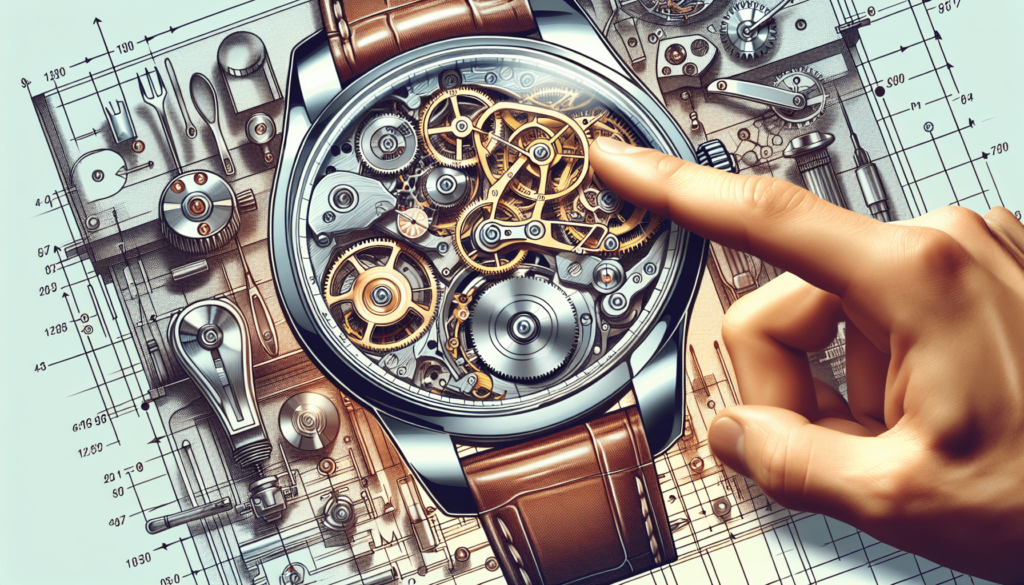
Accuracy and Precision
Accuracy and precision are key factors to consider when choosing a men’s wristwatch. Each type of watch movement has its own level of accuracy and precision.
Mechanical movements, while highly regarded for their craftsmanship, are generally less accurate than quartz movements. They can vary up to several seconds a day, depending on the quality and condition of the movement. However, some high-end mechanical movements, known as chronometers, are certified for their accuracy and can achieve precision within a few seconds a day.
Quartz movements, on the other hand, are known for their exceptional accuracy. They can be accurate to within a few seconds per month, making them a popular choice for those who require precise timekeeping. The use of quartz crystals ensures that the watch maintains high accuracy, with minimal variation in timekeeping.
Automatic movements fall somewhere in between mechanical and quartz movements in terms of accuracy. Similar to mechanical movements, the accuracy of automatic movements can vary depending on factors such as the brand, quality, and condition of the movement. However, with regular wear, the movements are usually able to maintain reasonable accuracy.
Power Reserve
The power reserve of a watch refers to the length of time that the watch can operate without being wound or having its battery replaced. It is an important consideration for individuals who may not wear their watches regularly or who prefer not to wind or charge their watches frequently.
Types of Power Reserve
The power reserve of a mechanical or automatic watch is determined by the tension of the mainspring and the efficiency of the movement. It can range from 24 hours to several days, depending on the watch brand and model.
Quartz watches typically have a longer power reserve compared to mechanical or automatic watches. This is because they rely on a battery to power the movement, which can last anywhere from several months to a few years, depending on the watch.
Importance of Power Reserve
Having a sufficient power reserve ensures that the watch continues to operate even when not worn or wound. It provides convenience and peace of mind, especially for individuals who may switch between multiple watches or wear their watches sporadically. Additionally, a longer power reserve reduces the need for frequent winding or battery replacements, making the watch more low-maintenance.
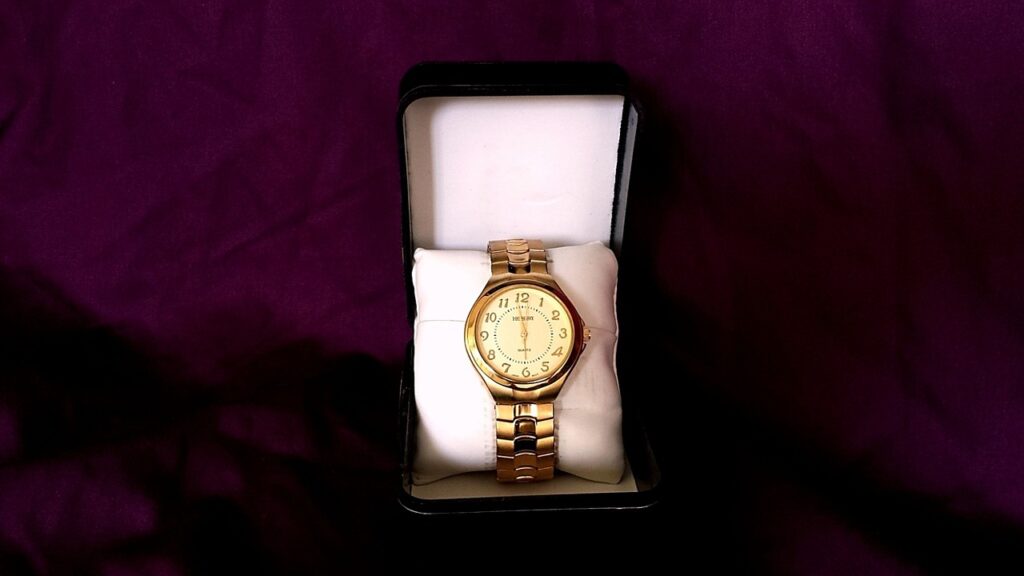
Watch Complications
Watch complications refer to any additional features or functions that a watch movement has, beyond simply telling the time. These complications can range from simple date displays to more complex features such as chronographs and moon phase indicators.
Chronograph
A chronograph is a watch complication that incorporates a stopwatch function. It allows the wearer to measure and record elapsed time, making it useful for activities such as sports, racing, or any activity that requires timing.
Moon Phase
The moon phase complication displays the current phase of the moon on the watch dial. It adds a touch of elegance and aesthetic appeal to the watch, while also serving as a practical function for those who track the lunar cycles.
Calendar
A calendar complication displays the date, day, and sometimes even the month on the watch dial. This feature eliminates the need for a separate calendar or remembering the date, making it convenient for everyday use.
Tourbillon
A tourbillon is a highly complex and prestigious watch complication. It is a mechanism that aims to counteract the effects of gravity on the movement and enhance accuracy. This intricate complication can be seen through the dial or case back, adding a mesmerizing visual element to the watch.
Watch Materials
The materials used in the construction of a watch can significantly impact its performance and durability. Different materials are used for various components of the watch, including the case, dial, hands, and strap.
Types of Watch Materials
Common watch case materials include stainless steel, titanium, gold, and ceramic. Each material has its own unique properties and aesthetic appeal. Stainless steel is a popular choice for its durability and affordability, while precious metals such as gold and platinum offer luxurious options. Ceramic is known for its scratch resistance and lightweight feel, making it a popular choice for sports watches.
The dial and hands of a watch are typically made from metal or other materials such as enamel, mother-of-pearl, or even gemstones. These materials are chosen for their visual appeal and legibility.
Watch straps or bracelets can be made from a wide variety of materials, including leather, metal, rubber, or fabric. Each material has its own unique characteristics in terms of comfort, durability, and style.
Impact on Watch Movements
The choice of materials for the watch case and movement components can affect the overall performance and longevity of the watch. For example, stainless steel cases provide protection against water and external forces, ensuring the movement inside remains unaffected. Additionally, precise tolerances and materials with low friction are important for the gears and escapement mechanisms, as they directly impact the accuracy and lifespan of the movement.
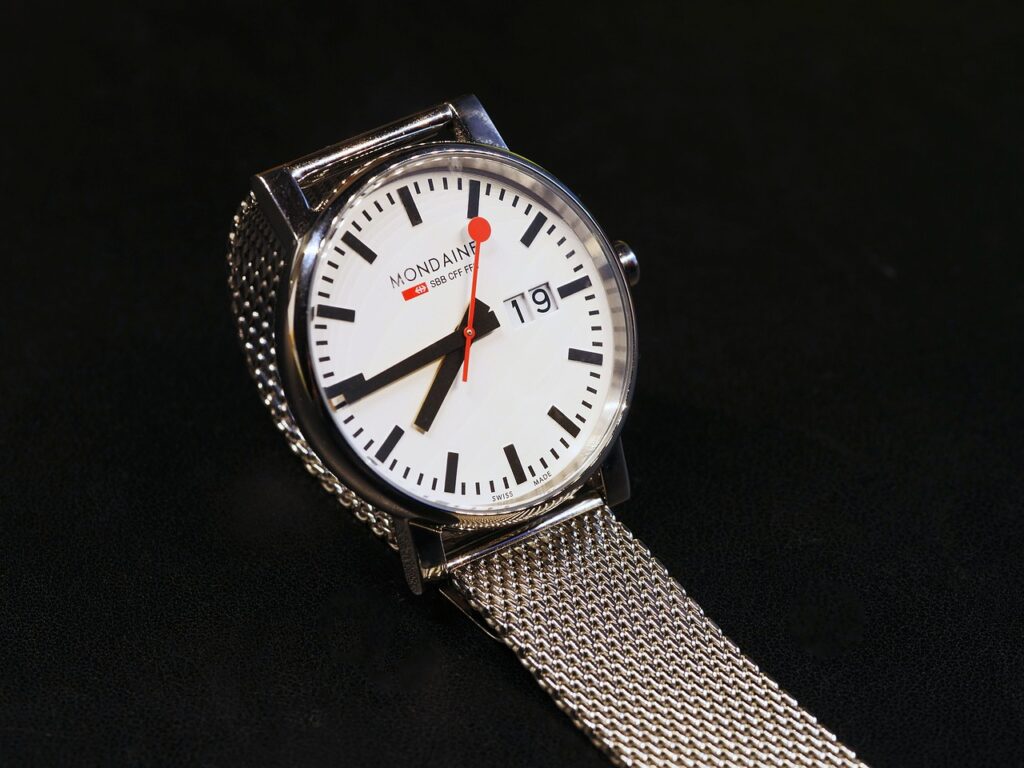
Maintenance and Care
Proper maintenance and care are essential to ensuring the longevity and performance of a men’s wristwatch. By following a few simple guidelines, you can keep your watch in optimal condition for years to come.
Winding and Setting the Watch
For mechanical and automatic watches, regular winding is necessary to keep the mainspring fully tensioned. Depending on the watch, winding may need to be done daily or every couple of days. Automatic watches can be wound manually by rotating the crown clockwise a few times, while mechanical watches require manual winding using the crown.
Setting the watch involves adjusting the time and any additional features such as the date or calendar. It is important to follow the manufacturer’s instructions for setting the watch to ensure proper functionality.
Cleaning and Polishing the Watch
Regular cleaning and polishing help maintain the appearance of the watch. Remove any dirt or debris from the case and strap using a soft cloth or brush. If the watch is water-resistant, it can be rinsed with water to remove stubborn dirt. Avoid using harsh chemicals or abrasive materials that may damage the watch.
To keep the crystal and dial clean, avoid exposing the watch to chemicals, extreme temperatures, or high humidity. If necessary, use a soft cloth or specialized cleaning solution to gently remove fingerprints or smudges.
Conclusion
Understanding the science behind men’s wristwatch movements is crucial for selecting the right timepiece that suits your needs and preferences. Whether you prefer the traditional craftsmanship of mechanical movements, the precision of quartz movements, or the convenience of automatic movements, each type offers its own unique features and benefits. Additionally, factors such as accuracy, power reserve, watch complications, and materials should be considered when choosing a watch. By properly maintaining and caring for your watch, you can enjoy its functionality and beauty for years to come. So, take the time to explore the world of watch movements, and find the perfect watch that reflects your personal style and meets your timekeeping needs.
